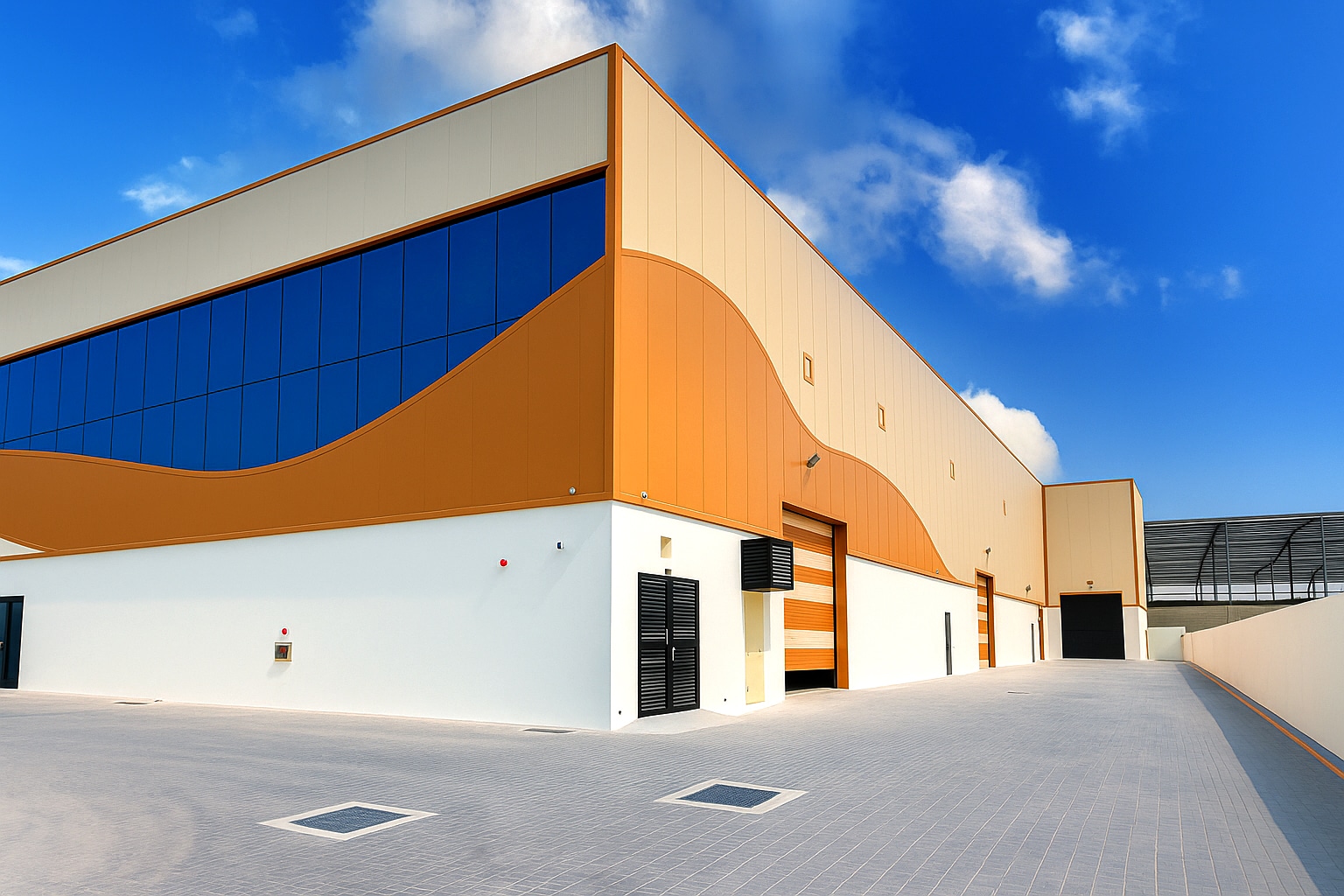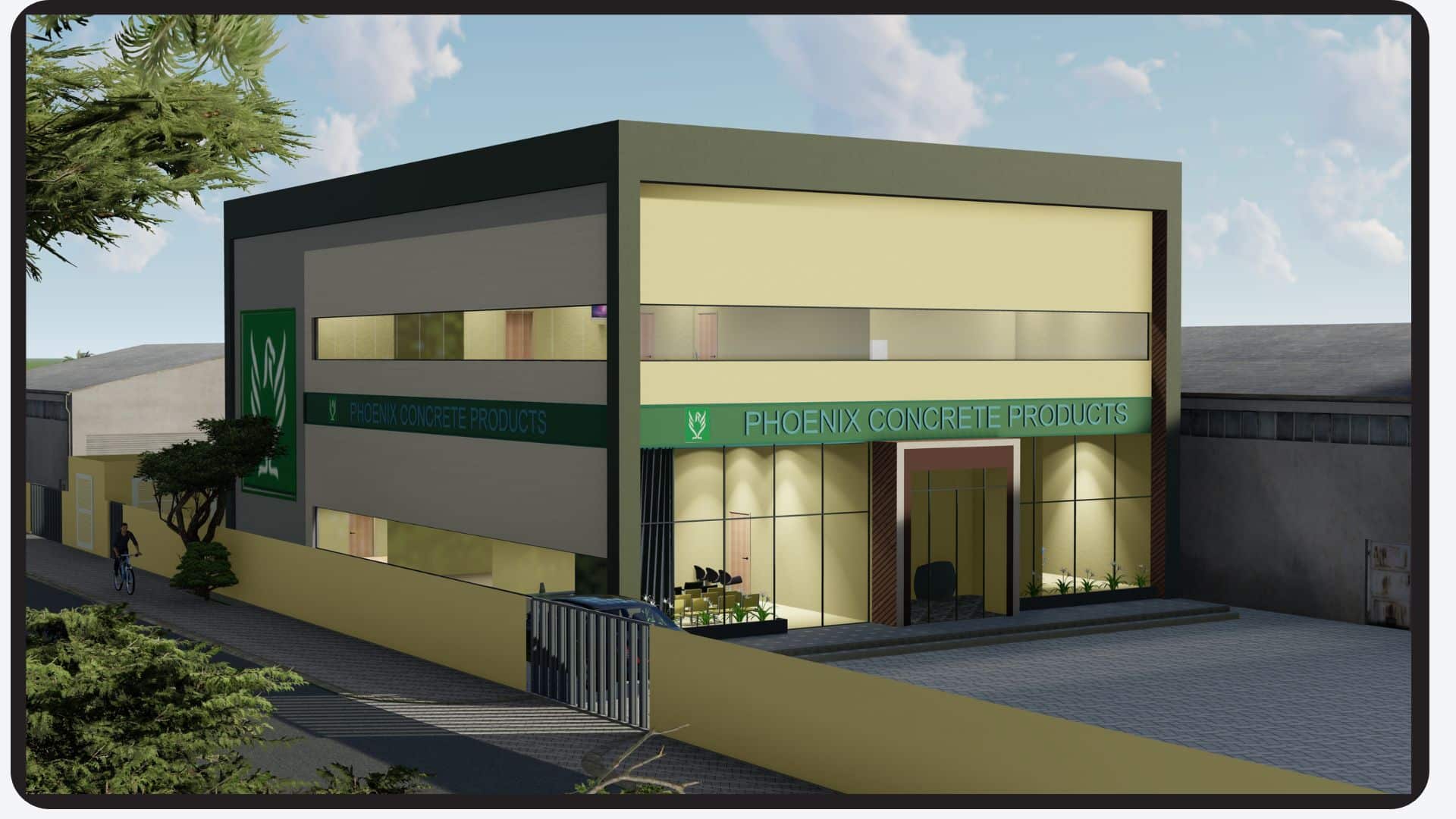What is Cladding in Construction
In the ever-evolving landscape of the United Arab Emirates (UAE), where architectural innovation meets rapid urban development, understanding the role of cladding in construction is essential. Cladding, the application of one material over another to provide a protective and aesthetic layer, has become a cornerstone in modern construction practices.
The UAE’s commitment to transforming its urban environments into smart cities has led to significant investments in construction and infrastructure. According to a report by Research and Markets, the construction market in the UAE is expected to grow by 6.2% annually, reaching AED 189.59 billion by 2025.
This article delves into the concept of cladding in construction, exploring its various types—such as wall cladding, ACP (Aluminium Composite Panel) cladding, stone cladding, wood cladding, and aluminium cladding—and their relevance in the UAE’s construction sector. We’ll also examine how cladding contributes to the nation’s vision of smart construction technology and sustainable urban development.
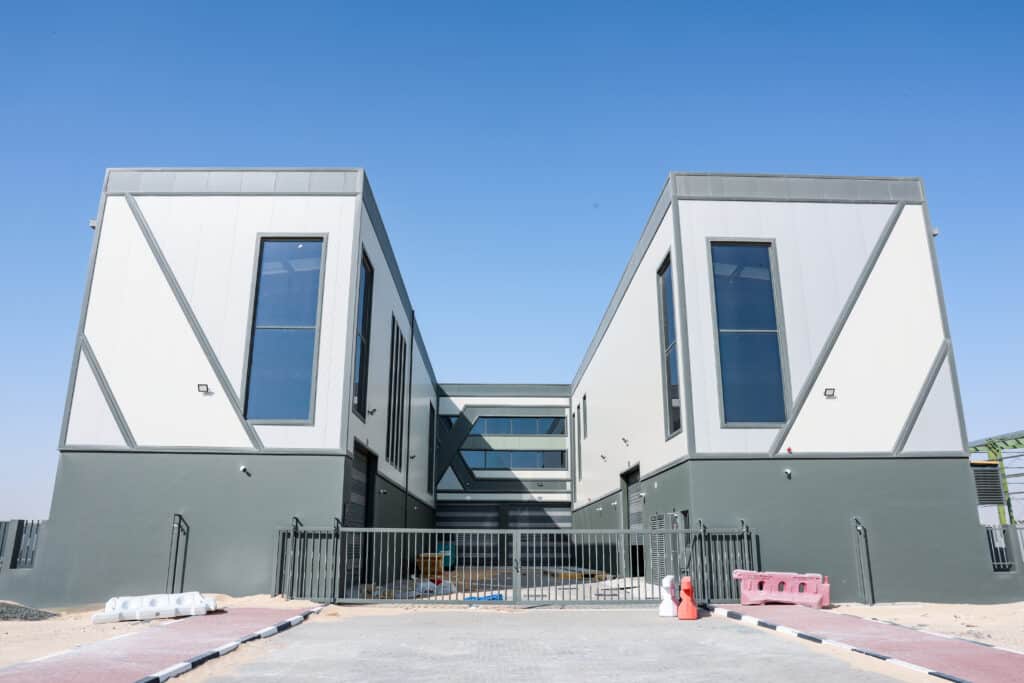
What is Cladding in Construction?
Definition and Technical Explanation
At its core, cladding is a protective layer attached to the outside of a building. It’s not part of the building’s structure, but it’s still crucial. Think of it like a jacket—it protects, insulates, and makes the whole thing look good.
So, what is cladding in construction terms? It’s a non-load-bearing material—often in the form of cladding panels—attached to the exterior of a building to shield it from the elements while also adding style and structure.
Structural vs. Non-Structural Roles
While cladding doesn’t hold the building up, it plays an essential supporting role. It transfers wind loads and other external pressures to the building’s structural frame, and depending on the type, it can also improve insulation and energy efficiency.
Common Purposes: Protection, Insulation, Aesthetics
Cladding protects against:
- Rain, wind, UV rays
- Heat loss in winter
- Excessive heat in summer
- Noise pollution
It also lets architects flex their creative muscles, offering endless design options.
Different Types of Cladding Materials
Let’s explore the most popular cladding materials used in today’s buildings.
Wall Cladding
Wall cladding is a general term covering any material applied to the exterior walls. It serves to protect the walls and enhance their appearance. Whether it’s a skyscraper in a financial district or a modern café, wall cladding is everywhere.
Cladding work here involves careful layering, sealing, and sometimes insulating the panels depending on the desired outcome.
Stone Cladding
Want that classic, timeless look? Stone cladding uses thin slices of natural stone like granite or limestone applied to walls. It’s durable and gives buildings a solid, earthy character.
It’s often used on feature walls, entrances, or for buildings that need to blend with a more traditional or natural setting. Stone cladding is also a popular companion to traditional masonry work, allowing designers to mix structural and decorative stone features effectively.
Wood Cladding
Wood cladding offers warmth and charm. It’s common in residential buildings and eco-conscious designs. From vertical slats to timber shingles, the visual appeal is hard to beat.
The downside? It requires regular maintenance to keep weather damage and pests at bay—but for many, it’s worth it.
Aluminium Cladding
Sleek, modern, and lightweight—aluminium cladding is a favorite for contemporary architecture. It’s rust-resistant, recyclable, and holds up well in harsh weather, which makes it perfect for urban buildings and offices.
Aluminium is also widely used in smart construction technology because of its compatibility with modern building automation systems.
ACP Cladding (Aluminium Composite Panels)
ACP cladding refers to Aluminium Composite Panels, which are flat panels made of two aluminium sheets bonded to a non-aluminium core. They’re lightweight, flexible, and highly durable. Perfect for Smart city projects where design meets performance.
That said, ACP cladding has faced scrutiny due to fire risks in the past—so compliance with modern fire-safety standards is non-negotiable.
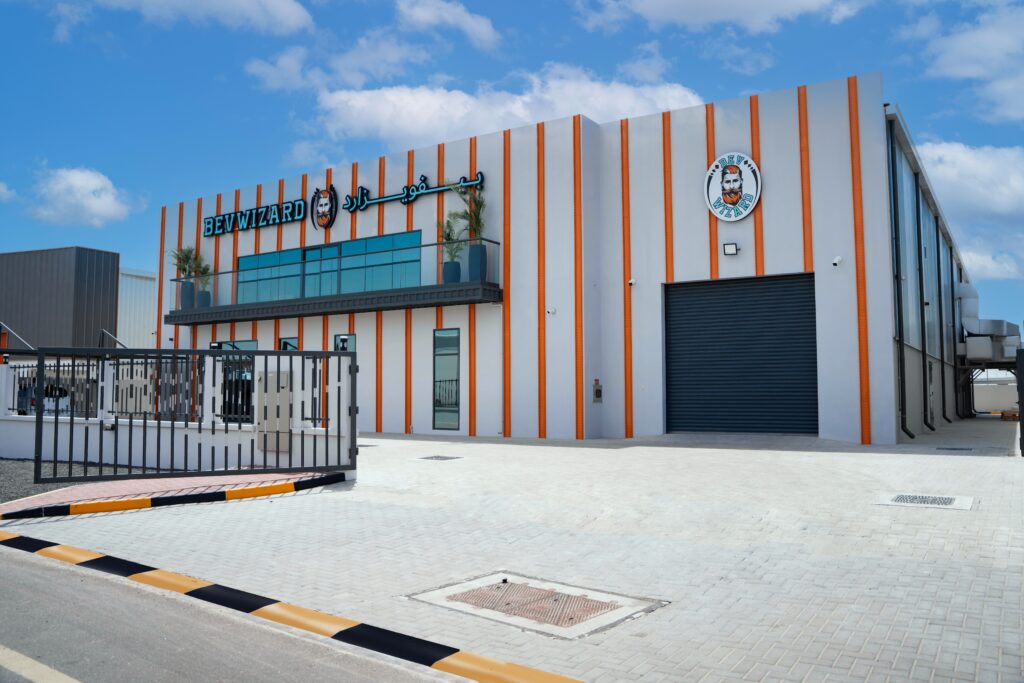
Benefits of Cladding in Construction
Protection from Environmental Factors
Cladding shields buildings from rain, heat, cold, and even sound. In cities with intense weather or high noise levels, good cladding is your first line of defense. When integrated with green energy solutions like solar-ready façades, cladding systems contribute even more directly to a building’s sustainable performance.
Read our guide: How Does Green Energy Work?
Improved Thermal and Acoustic Insulation
Insulated cladding panels reduce energy bills and improve indoor comfort. They help keep interiors cool in summer and warm in winter.
Enhanced Visual Appeal and Property Value
Whether you’re going for rustic charm with wood or futuristic flair with aluminium, cladding gives you the creative freedom to define your building’s personality.
Support for Sustainable Building Practices
Modern cladding materials—like ACPs and fibre cement boards—are often recyclable and energy-efficient. They play a big part in smart construction technology by improving energy ratings and reducing carbon footprints.
Key Considerations When Choosing Cladding
Choosing cladding isn’t just about what looks good—it’s about what works best for the building and environment.
Climate and Environmental Compatibility
Some materials are better suited for dry, sunny regions (like aluminium), while others handle moisture better (like fibre cement or stone). In humid areas, cladding work needs to include moisture barriers and proper sealing.
Building Type and Architectural Design
High-rise commercial buildings often go for sleek ACP or glass cladding, while homes and resorts may favor timber or stone for their natural appeal.
Installation and Maintenance Requirements
Some cladding systems, like ACP and vinyl, are easier to install and maintain. Stone and wood look fantastic but might require more care and specialist installation.
Budget vs. Lifecycle Value
Don’t just consider the upfront cost. Long-lasting, low-maintenance materials may be more economical over time—even if they cost more initially.
Cladding and Building Safety
Fire Performance and Regulation Compliance
Incidents like the Grenfell Tower fire brought attention to the dangers of combustible cladding. Since then, strict fire-safety regulations have reshaped the cladding landscape.
Today’s cladding panels—especially ACP—must meet modern fire performance standards. Be sure to verify compliance before making your choice. Some high-risk buildings also implement secure monitoring systems to track façade integrity, moisture ingress, and insulation performance over time.
Read our guide: How To Install A CCTV Security System
Impact of Global Fire Incidents
These tragic events were wake-up calls for the entire industry. This shift in building standards has also reshaped approaches to civil construction, where compliance and material safety now begin from the earliest phases of development. They’ve led to:
- Bans on certain types of combustible materials
- National audits of existing buildings
- Government-backed programs for cladding replacement
Cladding Installation: Process and Best Practices
A good cladding system is only as effective as its installation.
Pre-Installation Assessments
Start by assessing the building surface, selecting compatible materials, and ensuring structural readiness. At this stage, dependable groundwork & site preparation services are critical to ensure the building envelope is properly aligned for cladding installation.
Role of Professional Installers
DIY is a no-go here. Professionals ensure cladding panels are aligned, securely fastened, and sealed to prevent moisture intrusion and air leakage.
Ensuring Compliance with Building Codes
Modern cladding work must comply with strict codes—especially in Smart cities where regulations around safety, sustainability, and energy efficiency are tight.
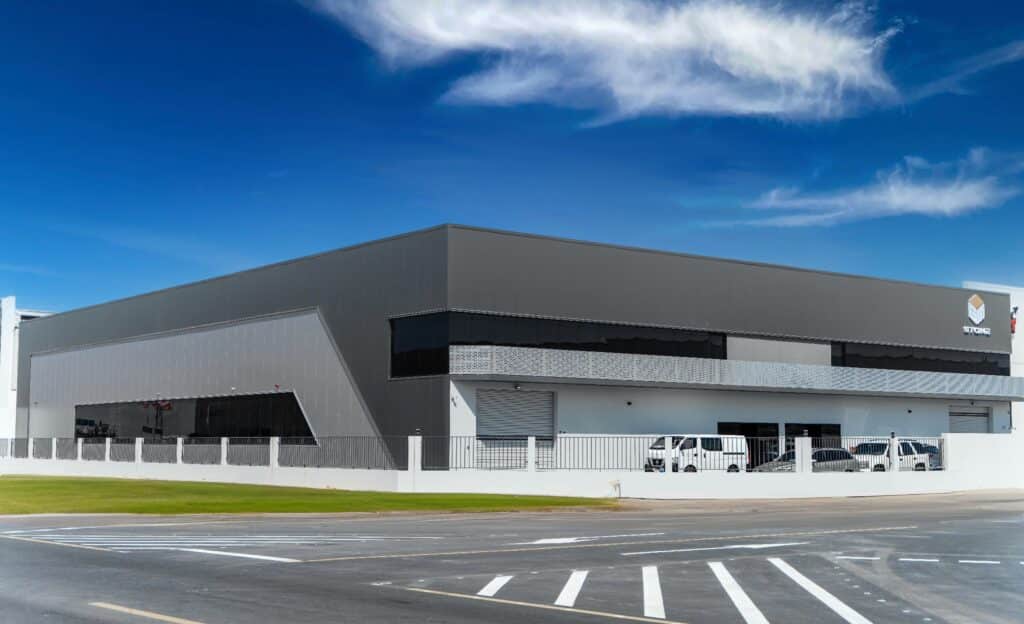
Cladding Compliance Across Regions (Australia Example)
In Australia, each state has taken serious steps to regulate cladding—especially post-Grenfell.
- NSW: Mandatory building registration and Project Remediate loans
- Queensland: Safer Buildings checklist and risk assessments
- Victoria: Cladding Safety Victoria Act with funding for replacements
These examples highlight how global safety concerns have local implications.
Sustainable Cladding Materials and Environmental Impact
Cladding isn’t just about looks or performance anymore—it’s about responsibility.
Recyclable Materials and Certifications
Look for materials with environmental certifications. Aluminium and fibre cement panels are often recyclable and energy-efficient.
Role in Reducing Energy Consumption
Good cladding equals less HVAC use. That’s lower energy bills, a smaller carbon footprint, and a big win for Smart city planning.
Contribution to Green Building Standards
Cladding is a big part of achieving LEED or Green Star certifications. If sustainability is a goal, your cladding choices matter—big time.
Conclusion
Understanding what cladding in construction means is more than just a technical necessity—it’s a strategic advantage in modern architecture, especially in rapidly developing regions like the UAE. From functional benefits like insulation and weather protection to the aesthetic flexibility it offers, cladding has become an integral part of smart construction technology and sustainable urban planning.
Whether you’re considering wall cladding for residential use or opting for more durable materials like stone cladding, wood cladding, aluminium cladding, or ACP cladding, the choice of material and professional installation can significantly influence a building’s performance and lifespan.
For stakeholders in the UAE’s construction industry, especially those involved in MEP (Mechanical, Electrical, and Plumbing) services and infrastructure planning, selecting the right cladding system is key to delivering energy-efficient, code-compliant, and visually impactful projects. This is even more important for large-scale developers and steel construction companies in UAE, who often lead complex, high-rise projects where cladding not only enhances the structure but also aligns with safety regulations and modern design trends.
As the UAE continues to push forward with Smart city developments and green building initiatives, cladding remains at the forefront of innovation. Whether you’re part of a design team, an engineer, or a contractor, understanding the role of cladding panels and their real-world impact is essential to shaping the cities of tomorrow

